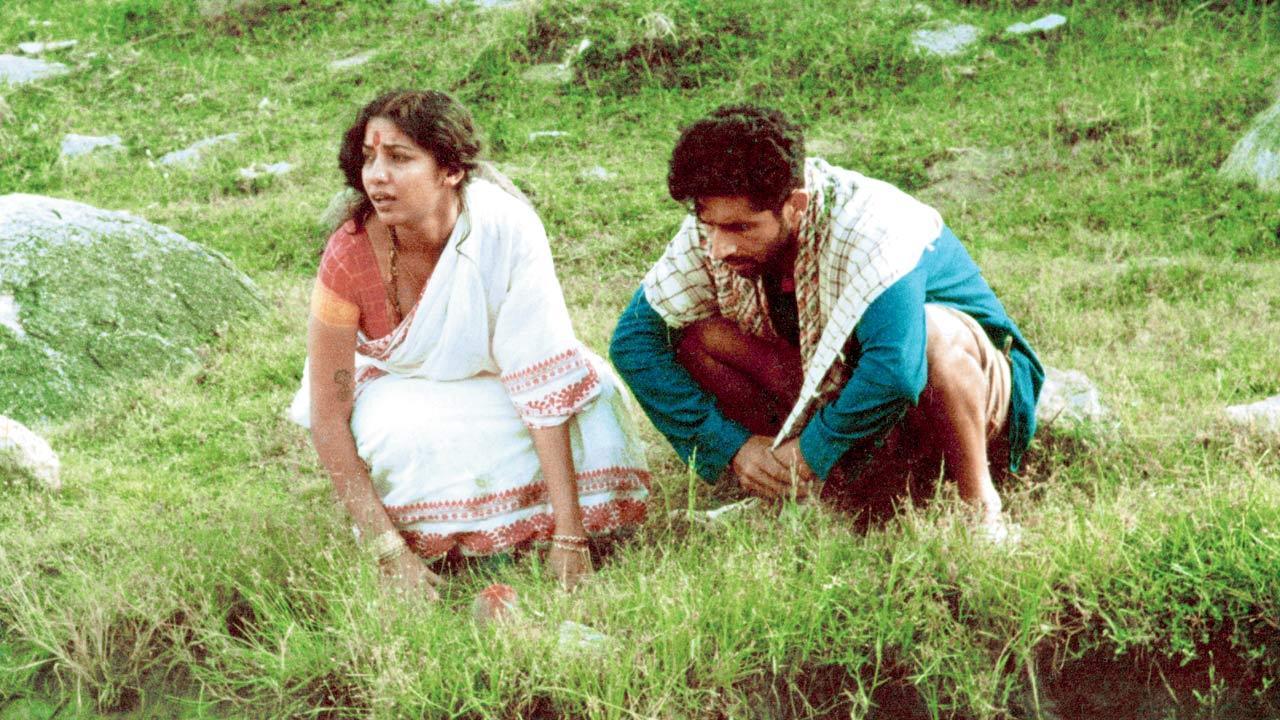Home / Sunday-mid-day / / Article /
Avijit Ghosh: It was the best of times, the worst of times
Updated On: 26 March, 2023 09:18 AM IST | Mumbai | Jane Borges
Says author Avijit Ghosh whose book on Hindi cinema looks back at a decade largely remembered for mindless entertainment but one that taught the industry resilience

Shabana Azmi and Naseeruddin Shah in Shyam Benegal’s Mandi. Pic Courtesy/Shyam Banegal
Right at the outset, Delhi-based novelist-author Avijit Ghosh tells us of his interest in “lost causes”. He illustrates this with the titles of his previous books, Cinema Bhojpuri (2010) and 40 Retakes: Bollywood Classics You May Have Missed (2013). Both reflect on movies and experiences that were cast away but deserved a prominent place in Hindi cinema history. His latest book, When Ardh Satya Met Himmatwala: The Many Lives of 1980s’ Bombay Cinema (Speaking Tiger Books), is no different. “During discussions on films with friends and colleagues, I’d often hear that the 1980s was a useless period, a black mark of sorts.”
 Hema Malini played a dacoit in Sitapur ki Geeta. Sridevi and Zeenat Aman also starred in such films where the male actors played second fiddle. Pic Courtesy/Manmohan Kapoor
Hema Malini played a dacoit in Sitapur ki Geeta. Sridevi and Zeenat Aman also starred in such films where the male actors played second fiddle. Pic Courtesy/Manmohan Kapoor




